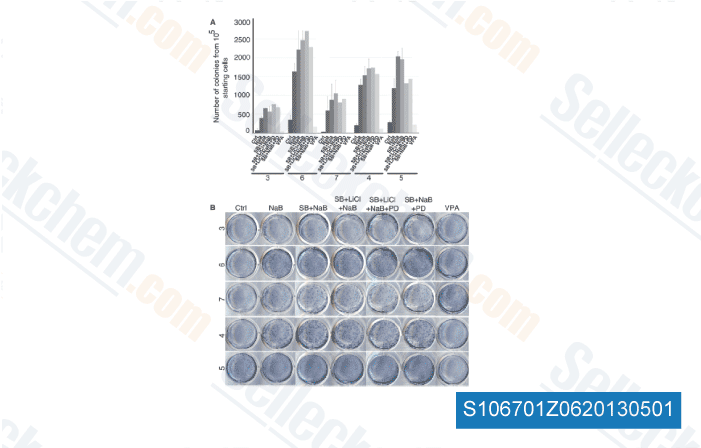Run two comprised all sam ples from control, CYP and CYPOVX groups. Because long term remedies could impact neuronal construction and growth, we also measured tubu lin in each of these samples. this also allowed for just about any small variations in tissue dissection or preparation. Gels had been divided into two sections to permit separate method ing for P p38 p38 and tubulin. based on their different migration pace on gels. One particular membrane part was processed for P p38 and p38 as described over as well as other half was probed for tubu lin and anti mouse IgG. The outcomes from our in vivo experiments have already been expressed as raw values for phosphorylated and complete ERK MAP kinase relative to tubulin levels inside the identical sample. We now have also calculated the ratio of phosphorylated to complete ERK1, ERK2 or p38 MAP kinase. Statistics All values are expressed as indicate SE. Analyses have been per formed with Graphpad Prism.
Effects of treatment options had been compared by unpaired two tailed t check or, for comparison of more than two groups, ANOVA followed by Tukeys selleck ezh2 inhibitor check. Significance was accepted if P 0. 05. Medicines and chemicals Unless otherwise stated, all reagents had been obtained from Sigma Aldrich. Diarylpropionitrile. propyl pyra zole triol and tamoxifen had been bought from Toc ris. ICI 182,780 was a present of AstraZeneca. Final results 17 Estradiol rapidly activated p38 MAPK by an estrogen receptor dependent mechanism in cultured DRG Treatment method of DRG cultures with 17 estradiol activated p38 MAPK inside ten minutes. That is certainly, there was a rise in phospho p38 compared with complete p38 protein. This result was mimicked through the specific estrogen receptor agonists, PPT and DPN. We then tested in the event the results of selleck chemical E2 could be inhibited by the pure ER antagonist, ICI182,780 or the estrogen receptor modulator, tamoxifen.
which antagonises estro gen responses in many tissues. This set of experiments showed that when tamoxifen abolished the response to E2, ICI182,780 not simply failed to attenuate the E2 response but itself activated p38 MAPK. We then examined  our cultures immunohistochemically to confirm that estrogen receptors were expressed by adult rat DRG neurons in culture and also to investigate the likelihood of estrogen action on glial cells. Neurons were distinguished from glia by their immunoreactivity for tubulin and distinctive properties of their nuclei identi fied by DAPI. Neuronal nuclei were significant with pale DAPI staining, and effortlessly distinguished from glial cell nuclei that had been smaller sized, ovoid and much more intensely stained. Just after 24 h in culture, less than half of the neurons had grown neurites, but many of these possessed extended, branching processes. ER immunoreactivity was recognized in lots of but not all neuronal nuclei. Weak ER immunoreactivity was also current from the cyto plasm of quite a few somata but was rarely evident within neu rites.
our cultures immunohistochemically to confirm that estrogen receptors were expressed by adult rat DRG neurons in culture and also to investigate the likelihood of estrogen action on glial cells. Neurons were distinguished from glia by their immunoreactivity for tubulin and distinctive properties of their nuclei identi fied by DAPI. Neuronal nuclei were significant with pale DAPI staining, and effortlessly distinguished from glial cell nuclei that had been smaller sized, ovoid and much more intensely stained. Just after 24 h in culture, less than half of the neurons had grown neurites, but many of these possessed extended, branching processes. ER immunoreactivity was recognized in lots of but not all neuronal nuclei. Weak ER immunoreactivity was also current from the cyto plasm of quite a few somata but was rarely evident within neu rites.
FAK signal
FAK is activated by focal adhesion complex
